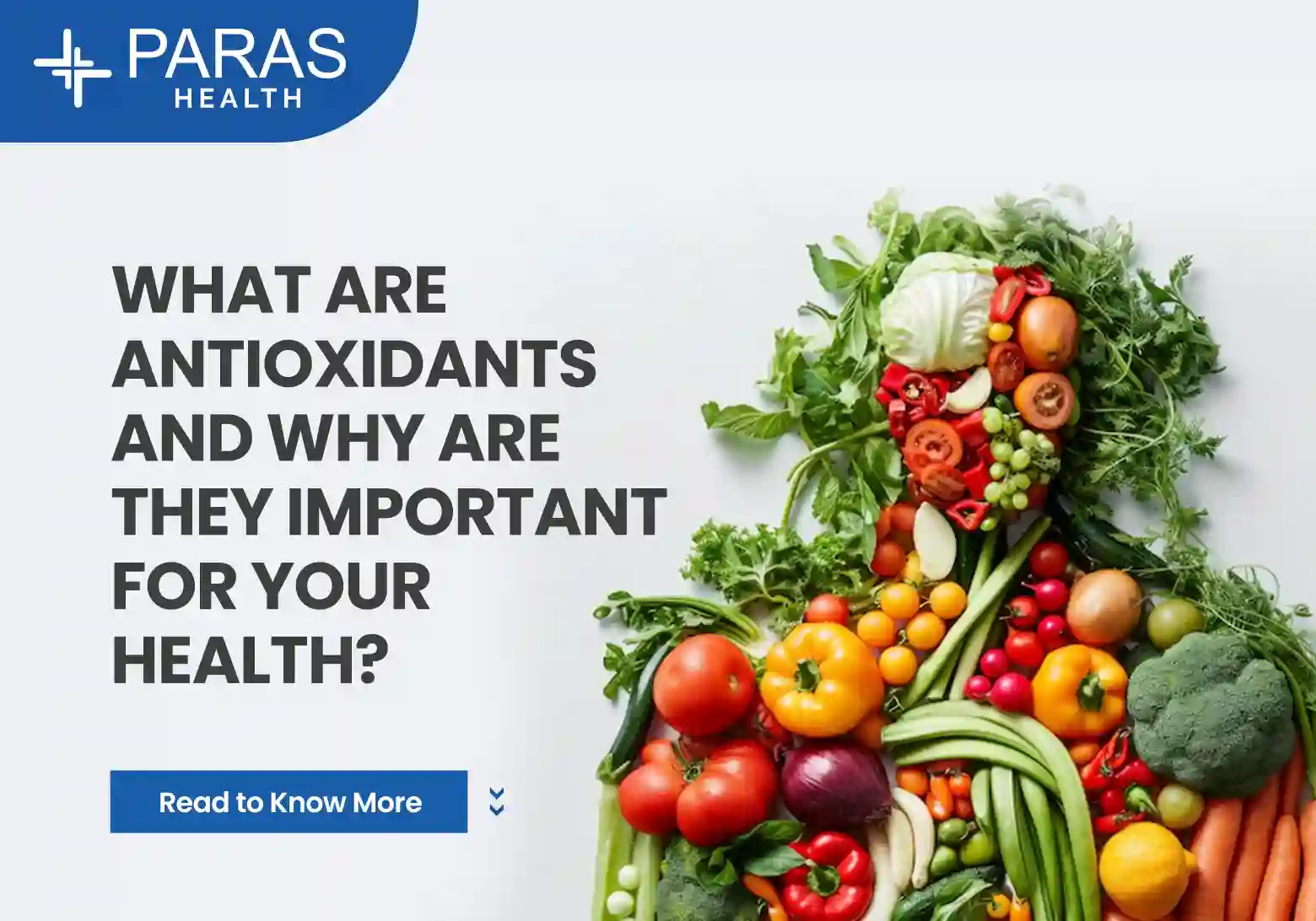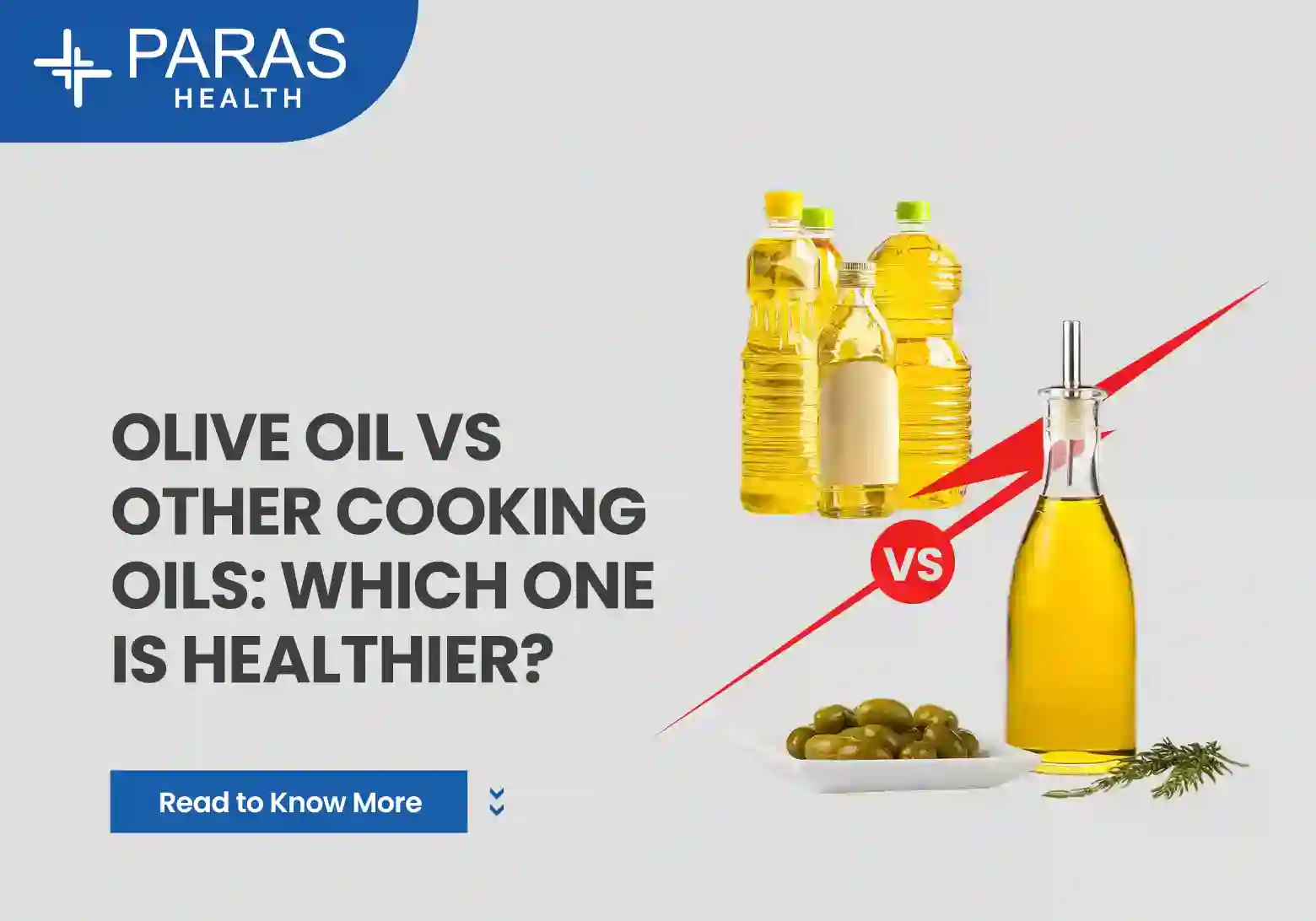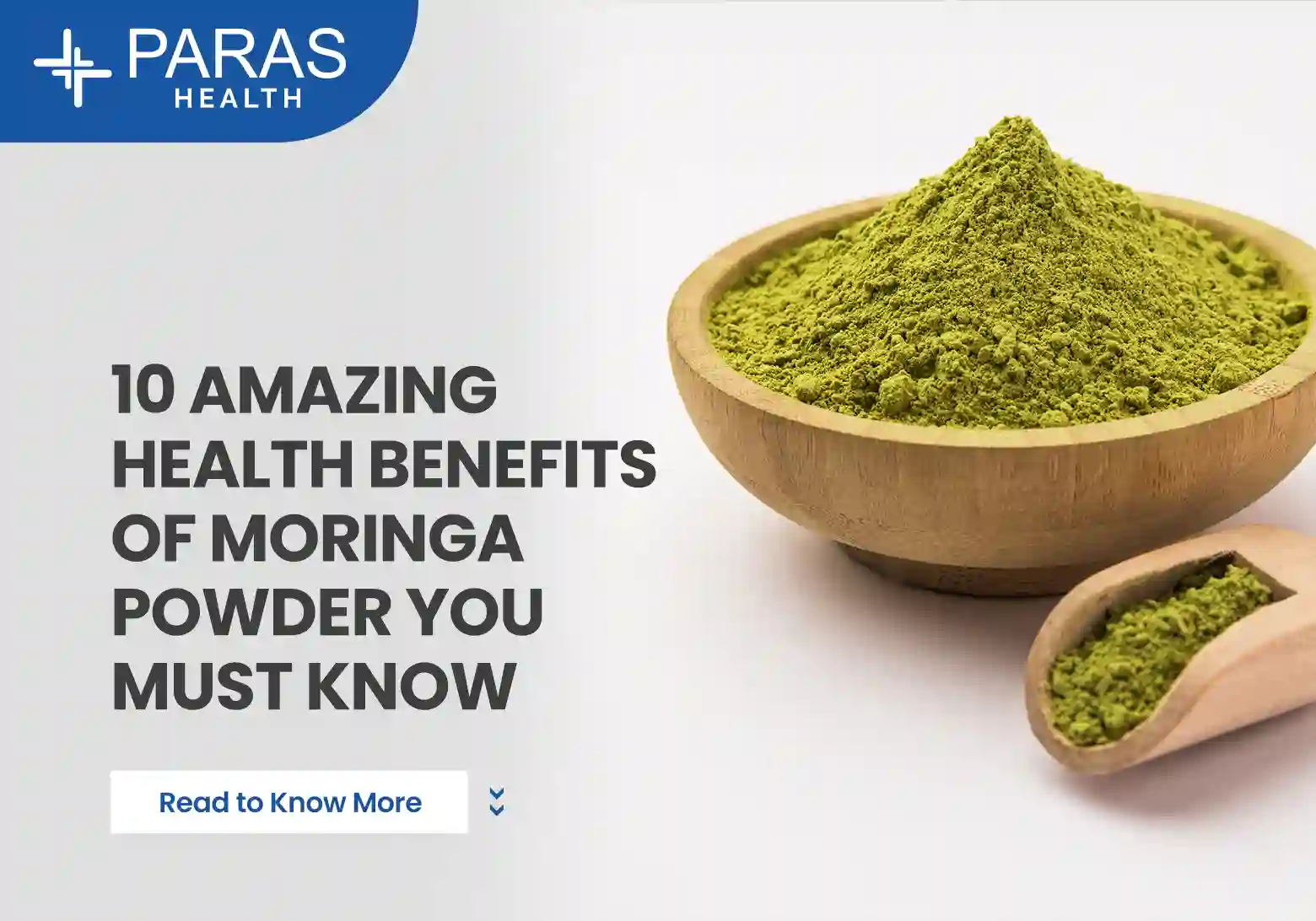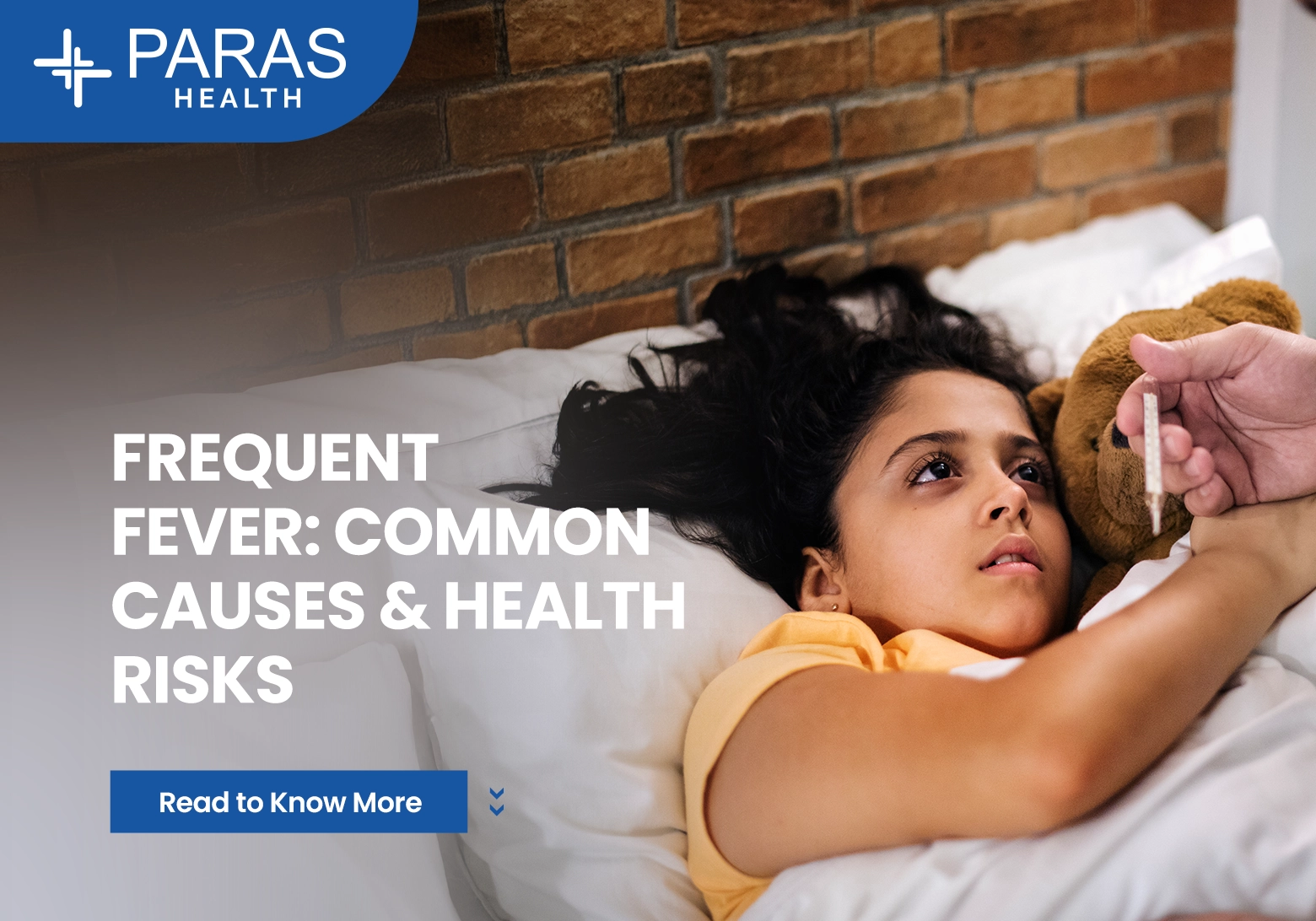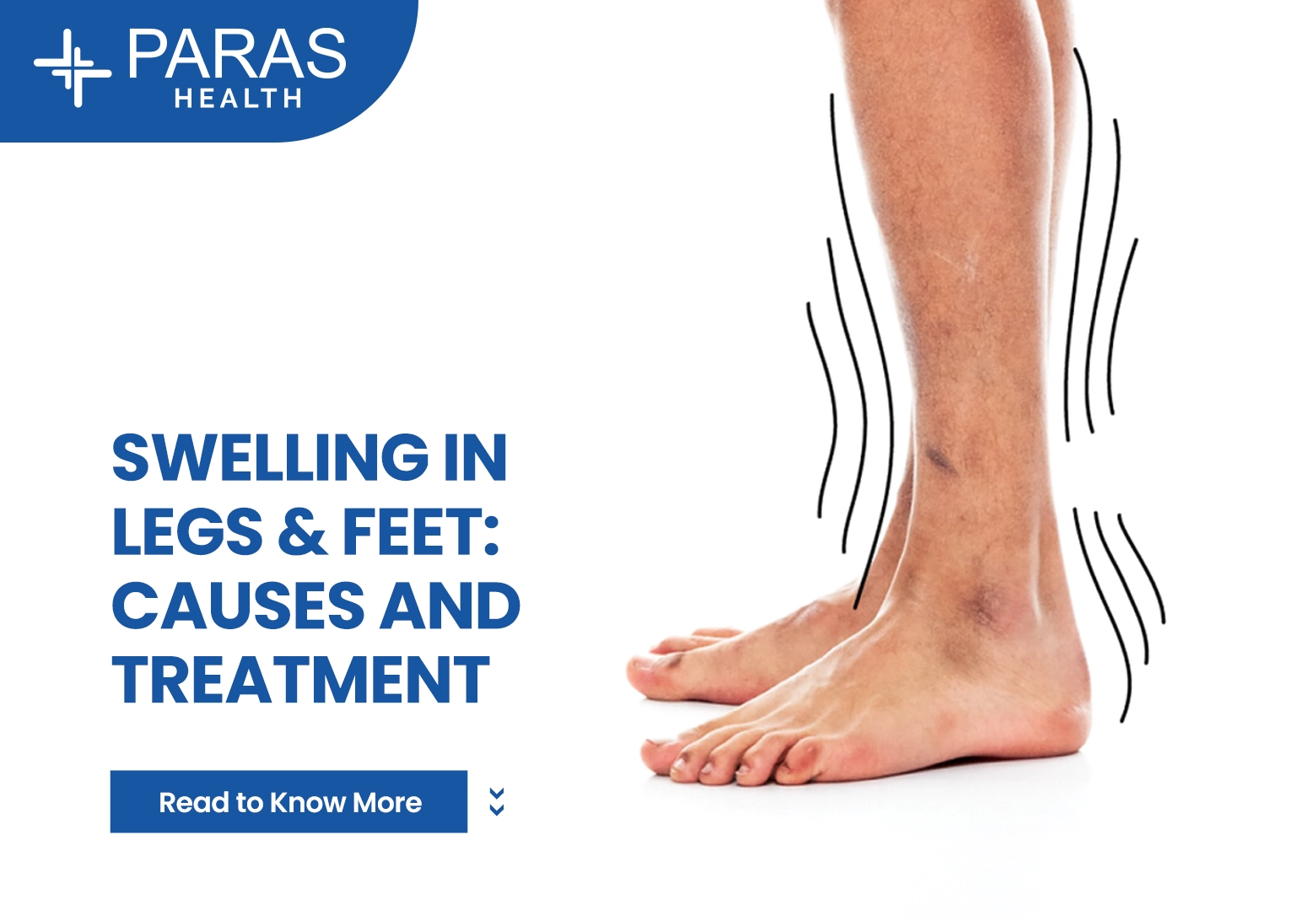High ESR in Women – What It Means?
Aug 05, 2025
Have you recently taken a blood test and seen the words “High ESR” on your report? Especially if you’re a woman, you might be wondering:
- What does a high ESR level mean for me?
- Should I be worried?
- How can I lower it naturally?
Let’s walk through everything you need to know about high ESR in women — in simple, easy-to-understand language.
What Is ESR?
ESR stands for Erythrocyte Sedimentation Rate. It’s a simple blood test that checks how fast red blood cells settle at the bottom of a test tube in one hour.
Sounds technical? Here’s the easy version:
If your red blood cells settle quickly, it could mean there's inflammation in your body.
What Is the Normal ESR Range for Females?
The normal ESR range in women depends on age:
|
Age Group |
Normal ESR Range (mm/hr) |
|
18–50 years |
0 – 20 mm/hr |
|
51+ years |
0 – 30 mm/hr |
If your ESR is above this range, it is considered high.
What Does High ESR Mean in Females?
A high ESR in women doesn’t point to one specific illness — it just tells your doctor that something could be causing inflammation in your body.
In other words: it’s a clue, not a conclusion.
Why ESR Is High in Females – Common Causes
There are many reasons ESR can be elevated. Some of the most common include:
1. Infections
Colds, UTIs, or even tuberculosis can increase ESR levels.
2. Autoimmune Conditions
Diseases like rheumatoid arthritis or lupus are more common in women and often raise ESR.
3. Anemia
Iron deficiency or anemia is very common in Indian women, and it can also cause high ESR.
4. Hormonal Changes
Periods, pregnancy, menopause, and PCOS can all influence ESR levels.
5. Thyroid Problems
Hypothyroidism or hyperthyroidism can trigger inflammation and raise ESR.
6. Cancer or Tumors
In rare cases, elevated ESR could signal cancer — especially if the value is very high (above 70-100 mm/hr).
7. Post-COVID Recovery
Many women report high ESR after recovering from COVID-19, which is normal and usually temporary.
What If You Have High ESR with No Symptoms?
This is very common, especially among women. Many people ask:
Is high ESR dangerous if I feel fine?
In most cases, no. A slightly high ESR (like 30–40 mm/hr) can show up without any clear symptoms — and it may not be anything serious.
But it’s always best to consult your doctor, especially if the ESR level is above 50 or you’re experiencing symptoms like:
- Fatigue
- Fever
- Joint or muscle pain
- Unexplained weight loss
Real-Life Example
Neha, 42, got a health check-up at her workplace. Her ESR came out to 60 mm/hr, but she felt absolutely fine. Her doctor ran further tests and found she had mild anemia and a vitamin D deficiency — both treatable with diet and supplements.
Moral? A high ESR is just a red flag. It doesn’t always mean something serious, but it does mean you should investigate.
ESR vs CRP – What’s the Difference?
You may also hear about CRP (C-reactive protein) in your blood reports.
While ESR is a slower, general inflammation marker, CRP rises more quickly and is more specific. Doctors often use both together to get a clearer picture.
Should You Be Worried About a High ESR?
Here’s a rule of thumb:
|
ESR Value (mm/hr) |
What It Might Mean |
|
20–40 |
5Mild elevation – monitor only |
|
40–70 |
Investigate – could be infection or inflammation |
|
70+ |
Needs urgent attention – rule out serious causes |
Again, context matters. Your age, symptoms, menstrual cycle, or any recent illness can influence ESR.
How to Lower ESR Naturally in Women
If your ESR is mildly high and not linked to any major illness, here are natural ways to bring it down:
- Eat Anti-Inflammatory Foods
- Include turmeric, ginger, garlic, leafy greens, berries, and omega-3 rich foods like walnuts and flaxseeds.
- Stay Hydrated
- Proper hydration improves blood circulation and reduces inflammation.
- Manage Stress
- Yes, stress can increase ESR. Try meditation, breathing exercises, or even a 30-minute daily walk.
- Get Tested for Deficiencies
- Correcting low iron, vitamin D, or B12 can normalize your ESR.
- Treat Any Hidden Infection
- Sometimes, a silent urinary or dental infection may be the cause.
- Consult a Doctor for Underlying Conditions
- Especially if symptoms persist.
FAQs
Q. What is considered a high ESR in females?
Anything above 20 mm/hr in younger women or 30 mm/hr in women over 50.
Q. Can periods affect ESR levels?
Yes, menstruation and ovulation can cause temporary increases in ESR.
Q. Is high ESR dangerous in females?
Not always. It can be a sign of mild inflammation or something more serious — context matters.
Q. How can I reduce ESR levels naturally?
Eat anti-inflammatory foods, stay hydrated, manage stress, and correct any vitamin or iron deficiencies.
Q. Can stress cause high ESR in women?
Yes, chronic stress affects inflammation and can elevate ESR levels.
Q. Is ESR 50 or 60 serious for a female?
It may require further tests. It’s not always serious but should be evaluated, especially if you have symptoms.
Q. Can ESR be high without symptoms?
Yes, especially in women. Sometimes ESR is high due to minor reasons like anemia, menstruation, or stress.
Conclusion
High ESR in women is common and not always a sign of something serious. Think of it as an early warning signal, not a diagnosis.
If your ESR is high:
- Don’t panic.
- Talk to your doctor.
- Investigate further if needed.
- Focus on lifestyle, nutrition, and stress management.
With the right steps, your ESR levels can return to normal — and your health can stay on track.





